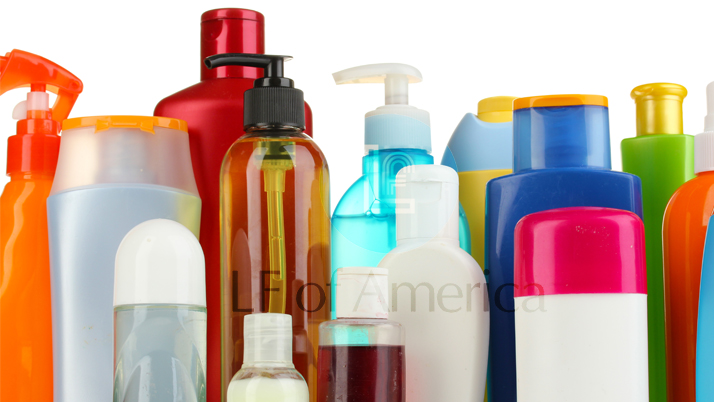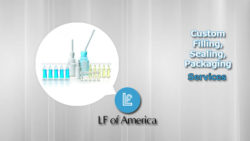
If you are packaging OTC medications and pharmaceuticals, you must follow guidelines set by the Food and Drug Administration. These guidelines are specific rules put in place to ensure safety and to give customers specific details. They prevent people from tampering with the product, keep out possible contaminants, inform consumers of what the product consists of, and provide information on who created it. Let’s take a look at key FDA requirements and what you need to know for packaging OTC medications in 2018. For over-the-counter liquid medications, be sure to check out these popular new liquid packaging trends!
FDA & Packaging OTC Medications – What You Need to Know
Tamper-proof seals keep customers safe.
If you’ve ever used a sealed liquid OTC medication then you are familiar with the unbroken covering the top. This protective seal has a label on it warning customers not to buy or use the product if the seal has been broken or tampered with. The seal is made to warn customers that, if it is broken, it’s possible the product has been tampered with outside of where it was made. Not only does this mean the medication might not work as expected, but it also protects customers from ingesting potentially harmful chemicals that could make them sick. Tamper-resistant seals are mandated by the FDA and help to keep consumers safe.
Product details and important warnings.
OTC medications and pharmaceuticals are made of both active and inactive ingredients. All ingredients must be displayed on the packaging label. Active ingredients are typically represented in inconspicuous areas and contain how much of the active ingredient is present. These are the chemicals that make the medication work as described. Inactive ingredients are generally buried in a more inconspicuous location and are responsible for things like the medications color. Certain ingredients need special warnings and are especially important for customers with allergies or other major health concerns.
The manufacturing company must be present.
The company that made the OTC medication must be displayed in addition to the product information. Though the details don’t have to be as thoroughly descriptive as the other data, the medication manufacturers still must be represented. Sometimes this might only be the company logo or the name of their website. It lets you know who to contact and who is responsible in case of a defect or if something bad happens. Should you have a problem with the medication or wish to inquire for more information, you can reach out to the manufacturer directly to make your inquiries.
Click to Read Advantages of OTC Pharmaceutical Contract Packaging for more useful information on packaging OTC medications.
Visit LF of America to find the ultimate solution in both custom packaging options and contract filling services or call 561-988-0303 to contact us.





